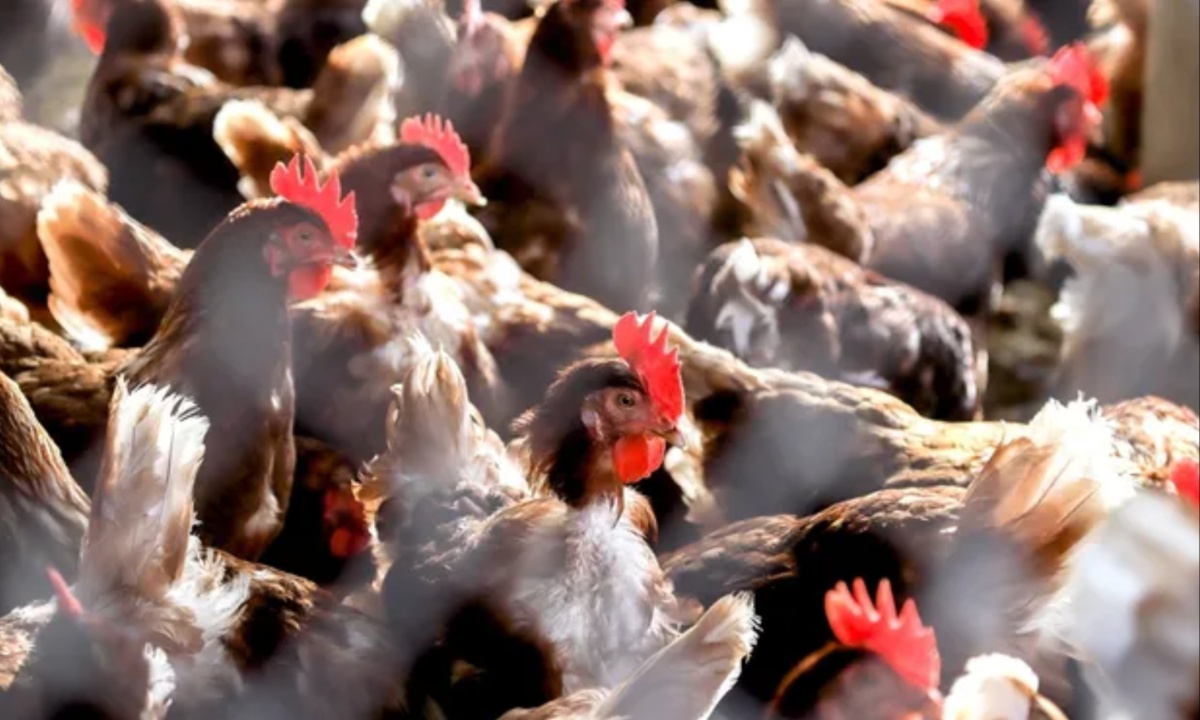On September 13, the Centers for Disease Control and Prevention (CDC) provided an update on a human H5 avian flu case reported in Missouri. The new information reveals that a household contact of the index patient developed similar symptoms on the same day, and a healthcare worker who was in contact with the patient experienced mild symptoms.
These findings suggest that the household contact was exposed to the virus simultaneously with the patient, but they were not linked to animal sources or raw milk, as no such connections were found.
The CDC’s report also included details from genetic sequencing of the virus obtained from the patient. The sequencing confirmed that the neuraminidase (NA) protein of the virus is of the N1 subtype, and while not all genes could be sequenced due to the limited amount of genetic material, the available data indicated that the H5N1 virus in this case is closely related to a strain found in US dairy cows.
This connection to the dairy cow virus is significant but does not conclusively link the infection to specific animal exposures.

The situation update also clarified that the patient, who had a significant underlying medical condition, was hospitalized with symptoms including chest pain, nausea, and weakness. Although the patient was not severely ill and did not require intensive care, the symptoms were serious enough to prompt hospitalization.
After receiving antiviral treatment, the patient was discharged and has since recovered. The CDC indicated that the simultaneous onset of symptoms in household contact does not support person-to-person transmission but points to a common source of exposure.
In terms of virus sequencing, the CDC reported that only parts of the hemagglutinin (HA) and neuraminidase (NA) genes were sequenced due to the limited sample. The HA analysis identified two amino acid substitutions not commonly seen in other human cases.
While these mutations do not appear to affect the virus’s infectivity or transmissibility significantly, they could influence vaccine development. One mutation, found in a small percentage of dairy cow samples, might affect cross-reactivity with vaccine candidates.
Virologist Jesse Bloom, who specializes in virus evolution, commented on the mutations found in the HA gene. Bloom highlighted that one mutation could reduce the effectiveness of candidate vaccines, which has been observed in only a few dairy cattle cases.
He noted that while the second mutation might slightly enhance receptor binding, it requires further investigation. The CDC’s update and Bloom’s analysis underscore the ongoing challenges in vaccine development and the need for continued research to understand the implications of these mutations fully.
